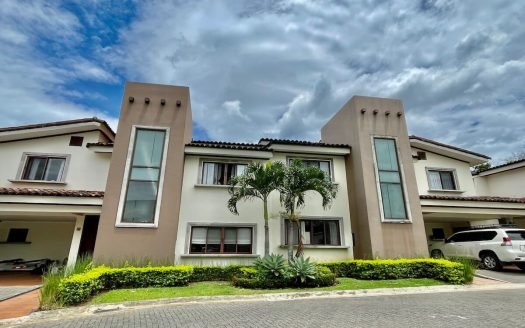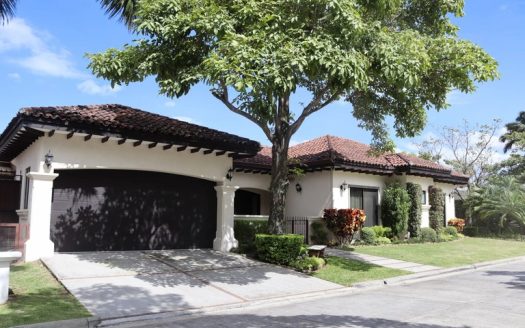Water damage is one of the most common and costly problems homeowners face. It can strike suddenly or develop slowly over time, often going unnoticed until significant damage has occurred. From structural deterioration to mold growth, the consequences of water intrusion can be severe. Understanding the most frequent causes of water damage is essential for prevention and early intervention. In this article, we’ll explore the top culprits behind residential water damage and how you can protect your home.
1. Plumbing Failures and Leaks
Plumbing issues are among the leading causes of water damage in homes. Leaky pipes, burst lines, and faulty plumbing fixtures can release large amounts of water into walls, floors, and ceilings. These problems often start small, a slow drip under a sink or a minor leak in a pipe but can escalate quickly if not addressed. Corrosion, high water pressure, and aging infrastructure are common contributors to plumbing failures.
In colder climates, frozen pipes are a major concern. When water inside pipes freezes, it expands, potentially causing the pipe to crack or burst. Even in warmer regions, poor installation or lack of maintenance can lead to plumbing disasters. Regular inspections and timely repairs are crucial to preventing these issues. If you suspect a hidden leak or notice signs like water stains or musty odors, it’s wise to consult a professional. Plumbing companies in Long Beach, for example, offer leak detection services that can identify and fix problems before they become costly repairs.
2. Appliance Malfunctions
Household appliances are another frequent source of water damage. Washing machines, dishwashers, refrigerators with ice makers, and water heaters all rely on water connections that can fail over time. Hoses can crack, seals can wear out, and internal components can malfunction, leading to leaks or flooding.
Water heaters, in particular, pose a significant risk due to their large water capacity. A ruptured tank can release dozens of gallons of water in a short period of time. Similarly, a malfunctioning washing machine or dishwasher can overflow, especially if left unattended during operation. To minimize risk, homeowners should regularly inspect appliance hoses and connections, replace worn parts, and follow manufacturer maintenance guidelines. Installing water leak detectors near appliances can also provide early warnings and help prevent extensive damage.
3. Roof and Gutter Problems
Your roof is your home’s first line of defense against the elements, but it’s also a common source of water intrusion. Damaged shingles, cracked flashing, and deteriorated underlayment can allow rainwater to seep into your attic and walls. Over time, this can lead to rot, mold, and structural weakening.
Gutters play a critical role in directing water away from your home. When they become clogged with leaves, dirt, or debris, water can overflow and pool around the foundation. This not only increases the risk of basement flooding but can also erode the soil and compromise the structural integrity of your home. Regular roof inspections, especially after storms, and seasonal gutter cleaning are essential maintenance tasks that help prevent water damage from above.
Conclusion
Water damage can be devastating, but many of its causes are preventable with awareness and routine maintenance. Plumbing failures, appliance malfunctions, and roof or gutter issues are among the most common culprits. By staying vigilant and addressing small problems before they escalate, homeowners can protect their property and avoid costly repairs.
Whether it’s scheduling regular plumbing inspections, checking appliance connections, or maintaining your roof and gutters, proactive care goes a long way. If you’re unsure where to start, consider reaching out to local professionals who specialize in water damage prevention and repair. Taking these steps today can help ensure your home stays safe, dry, and secure for years to come.







